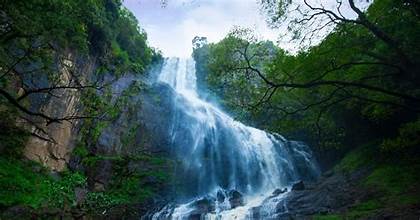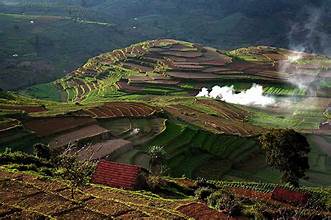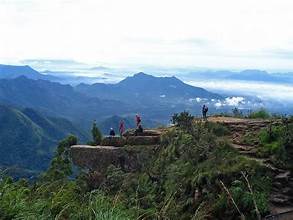“Princess of Hills”, Kodaikanal is one of the most sought-after hill station destinations in Tamil Nadu and the whole of India. Located at about 7000 ft above the sea-level, Kodaikanal was established as a destination by British bureaucrats and Christian missionaries in the year of 1845. However, the earliest references to the stunning hill station can be found as early as the Sangam literature time. However the modern era of Kodaikanal began only after the British came in. It served as a summer retreat and a vacation spot for the colonial power. Ever since those days, Kodaikanal has been a popular choice among hill station lovers for a quick escape up the mountains.

"Kookal" sits at the head of the 126 square kilometres (49 sq mi) Kudiraiyar River basin.[1] In this hilly terrain, topography may account for large variations in rainfall over short distances. A rain gauge at the border of the Kookal forest at 2,000 metres (6,600 ft) recorded rainfall about 50% higher than that of two rain gauges in grasslands at the same altitude and northern slope during 1956–1966
"Poombarai" is a small village in the hills of Kodaikanal, famous for its garlic production and scenic views. In this article, we will tell you everything you need to know about Poombarai, including how to reach, when to visit, what to do, and where to stay.


"vattakanal"Located in the middle of a forest, surrounded by dense trees, majestic hills, and lush greenery, is the enchanting Vattakanal Falls. Straight out of a fairytale, this falls is just 3 km from Kodaikanal and offers a rich biodiversity. You can also get Instagram-worthy pics from a bridge near the falls.
"Dolphin’s Nose" is a natural attraction in Kodaikanal, a hill station in Tamil Nadu, India. It is a flat rock that protrudes from the edge of a cliff, resembling the nose of a dolphin. It is located about 8 km (5 miles) from the Kodaikanal town and offers a stunning view of the surrounding hills, valleys and forests.

